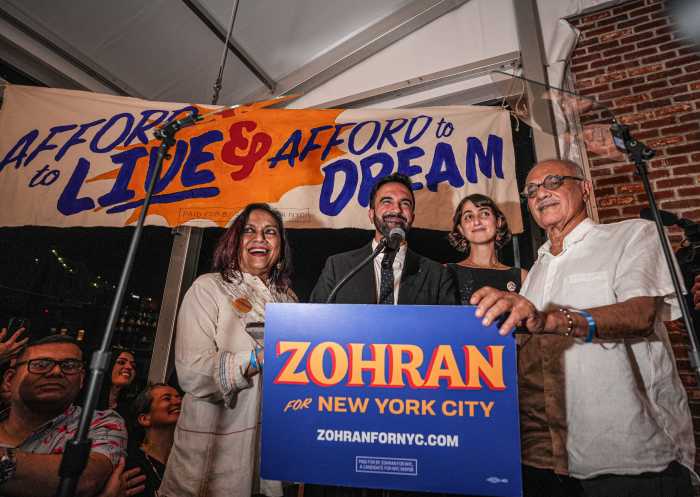
Four years since Eric Garner’s choking death at police hands in 2014, NYC is still trying to answer the question: How can tragedies like it be avoided?
There is a kernel of hope. Civilian deaths caused by police in cities were reduced by half between 1970 and 1985.
How? Departments added rules, writes the University of Maryland’s Lawrence W. Sherman in the Annual Review of Criminology. No more indiscriminate shooting at cars or firing warning shots. There was research on what might work: strong departmental leadership, plus oversight and potential employment consequences when officers fired their guns.
Inexcusably, the number of civilians killed by police increased in the 1990s. Garner’s death and the shooting death of Michael Brown in Ferguson, Missouri, both in the summer of 2014, gruesomely reminded us of the problems some officers have with people of color.
Mayor Bill de Blasio’s NYPD has just decided to have a departmental trial against Daniel Pantaleo, the officer caught on video with his arms around Garner. A public trial is critical, but it took way too long for the city to act.
De Blasio’s neighborhood policing initiative and new body cameras are meant to improve community relations, but they will take time, and there is no guarantee of effectiveness. The NYPD is now in the midst of another effort: “implicit bias” training, to recognize how decisions are rooted in preconceived notions, often racial.
Training is needed: See neighboring Nassau County, where police computer systems used “Y” for “yellow” to tally Asian officers, according to a new NYCLU report.
In NYC, the bias training will be limited: It is one day long and won’t reach everyone for 2.5 years. There are no plans for follow-through. Researchers will evaluate the program, but there is no connection to employment consequences. The pace of accountability for officers accused of misconduct remains slow. Bias training won’t change that.
That doesn’t mean we should stop trying. The lesson from Sherman’s study is that maybe, with real focus and diligence and policy changes, we can be better.





























